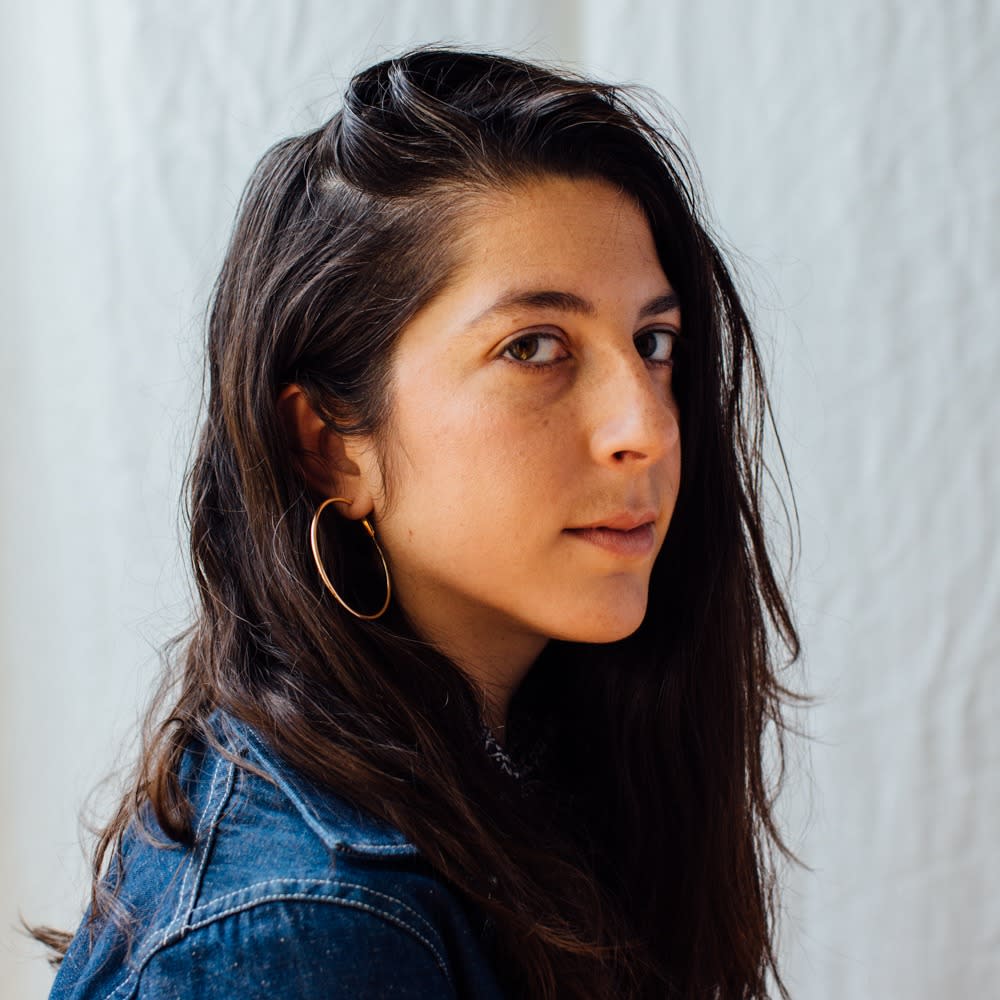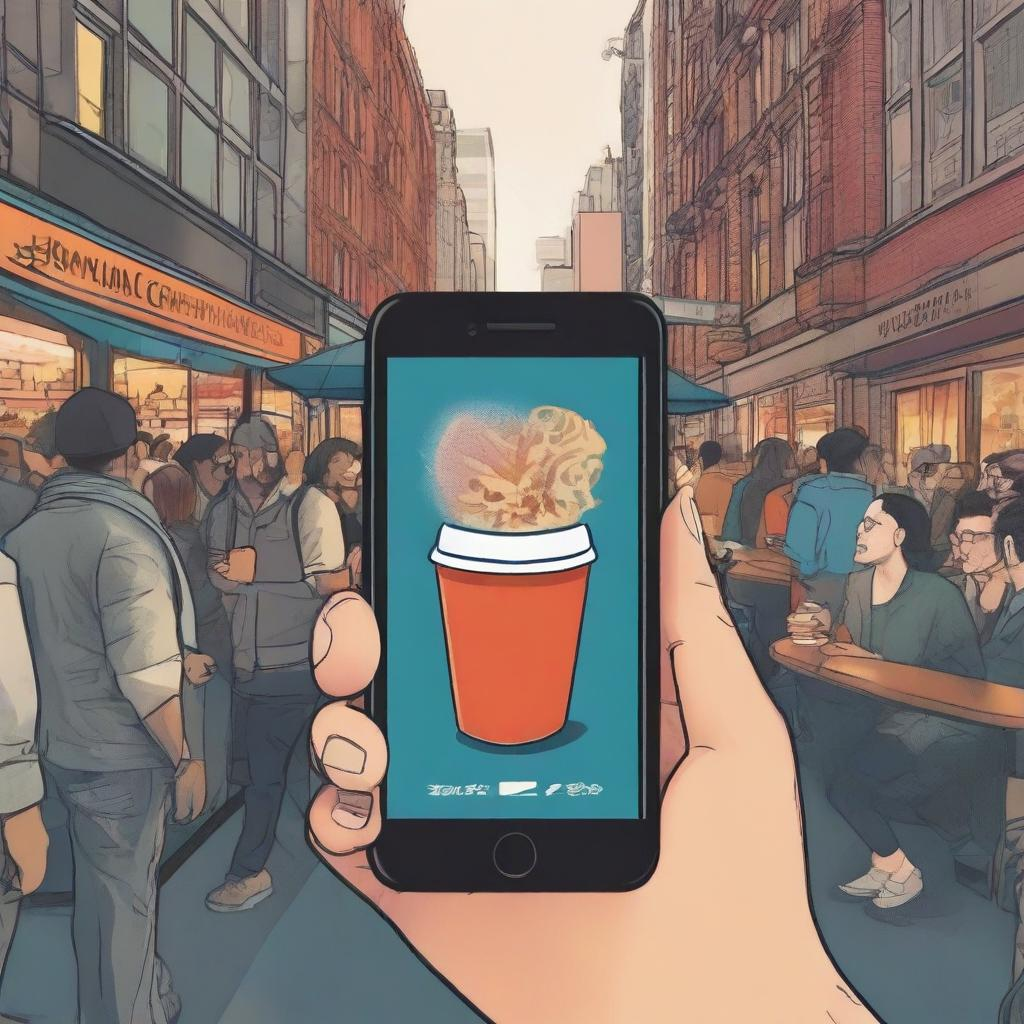TLDR
Ah, coffee. Such a dependable source of energy, comfort, and joy. But the coffee world is changing—for the better. Coffee shops are starting to realize that choosing a more sustainable option in their coffee beans makes sense. That's where robusta coffee beans come in.
Robusta is the underdog of coffee beans, often overlooked for its less-flavorful Arabica cousins when it comes to specialty drinks. However, robusta is stronger and more resilient than its counterparts—and could be the healthier and more sustainable option for your favorite coffee shop.
Let's explore why robusta might be the smarter choice when it comes to sustainability as well as flavor and cost. Are robusta coffee beans really what the future of coffee shops looks like? Let's find out together!
What is the difference between Robusta and Arabica Beans?
When it comes to coffee beans, there is a world of difference between Robusta and Arabica. Between the two, Arabica beans are generally considered to be of higher quality, with a smoother and sweeter taste. However, the trade-off is that Robusta beans have more caffeine, with twice as much as Arabica beans—making them a better choice for those looking to get an energy boost. Whereas Robusta beans have a stronger, harsher, and more bitter taste, Arabica beans provide a milder flavor when brewed.
The key difference between the two is also in their resilience—Robusta is hardier than Arabica due to its higher levels of caffeine providing natural protection from pests. This makes Robusta a more sustainable option for coffee shops impacted by global warming due to its resistance to heat and disease. Not only that but since the bean is less susceptible to the damages caused by climate change, crop output can remain steady—giving farmers an edge in the marketplace.
Climate Change Implications for Arabica Beans
Climate change has been a growing concern around the world, and the effects of this are now visible in the coffee industry, through global climate models. By 2050, global temperatures are expected to rise so much that it will be more challenging for Arabica coffee to grow in some areas.
The reason for this is simple: Arabica beans are more sensitive to drought than robusta beans. They require a specific temperate range and rainfall in order to reach optimal growth, and if these conditions aren’t met, the result is a poorer-quality bean. Coffee shops may experience supply shortages as a result, making it difficult for them to meet their customers’ needs.
Robusta beans are seen as being more resilient to climate change and require less rainfall than Arabica beans. This makes them an attractive alternative for coffee shops that can still produce a quality cup of coffee using these beans. With robusta beans becoming increasingly popular, they become the future of coffee shops in the years ahead - a more sustainable choice for those concerned about global warming.
Benefits of Using Robusta Beans for Coffee Shops
When it comes to coffee beans, robusta is rising as the more sustainable option for coffee shops. For starters, robusta requires fewer chemicals and is more resistant to diseases and pests. It does also contain 50% more caffeine than arabica, so in that regard, it'll be sure to give your customers that extra oomph they may be looking for.
Beyond that, robusta has a diuretic effect and can help with nausea and migraines. So if you're running a coffee shop that caters to pregnant women, or those with digestive issues, robusta might be the way to go.
Finally, studies have indicated that robusta beans require less water during production than arabica beans, making them an environmentally friendly choice in terms of water consumption. Not only that, but its production has a relatively low carbon footprint compared to other crops — something that could help you win over eco-conscious customers who are seeking out sustainable options when it comes to their cup of joe.
Quality and Taste Comparisons Between Robusta and Arabica
When talking about taste, a big difference between Arabica and Robusta is the strength of their flavor. Robusta beans have a much stronger, harsher, and more bitter taste than Arabica beans, with grainy or rubbery overtones. To compare, Arabica has an incredibly smooth, sweet flavor with notes of chocolate and sugar that bring out a more fruity and sweeter taste.
The difference in quality doesn't end there — the caffeine content of Robusta is about twice as much as Arabica. So if you're looking for an energizing cup of coffee with less sweetness, Robusta might be your go-to pick.
When it comes down to it, the choice between Robusta and Arabica may depend on personal preference. But one thing to keep in mind is that by selecting Robusta coffee beans, you'll be making a sustainable choice that could potentially help reduce the effects of global warming.
Natural Pest Resistance With Robusta Beans
What if we could get coffee beans that are more disease and pest-resistant than the traditional Arabica coffee bean? It sounds too good to be true, but it's something that's definitely within our reach: enter Robusta coffee beans!
Robusta coffee beans generally contain more caffeine than their Arabica cousins, making them a powerhouse plant when it comes to repelling unwanted pests. With research showing that certain pest-resistant varieties of Robusta coffee wilt disease outperform local landraces, it's clear that this is a crop that has immense potential for the future of the industry.
For those looking for an alternative to traditional Arabica, Robusta can offer better natural pest resistance—which means less reliance on those potentially damaging chemical pesticides. This makes them a much more sustainable choice for coffee shop owners, who can rest easy knowing their crops are both delicious and responsible.
More Environmentally Friendly Coffee Production With Robusta Beans
You may have heard great things about the intense flavor of Robusta beans compared to Arabica beans, but what you might not know is that they are actually more sustainable. While it takes nearly 39 gallons of water to make one cup of coffee with Arabica beans, the same cup of coffee only requires 3 gallons of water for Robusta beans.
It's no surprise then, that as global temperatures rise, production potential for Robusta beans could be much higher than Arabica. It's already been proven that Robusta is adapted to heat and drought resistance, meaning plants can be trained for sun-grown conditions and thrive in hot climates.
Organic and biodynamic farming practices are also much easier to implement with Robusta coffee because the plant is hardier and more resistant to pests. This means less dependence on chemical pesticides, which are harmful for local ecosystems and the environment as a whole.
There's a lot to consider when looking into the sustainability implications of different types of coffee beans—but one thing's for sure: with its low water requirements, fewer chemical inputs, and better-adapted plants, robusta beans could easily pave the way to a greener future in coffee production.
Final Thoughts
In conclusion, when it comes to which coffee beans are more sustainable, it's clear that Robusta beans are the way to go. They are naturally pest-resistant and require less water and chemical inputs, providing a more environmentally friendly option for coffee shops. The fact that Robusta beans also taste good and have an economic benefit means that this could be a viable and beneficial alternative for the future.
The implications of global warming can cause shifts in the way we produce our food and drink. Coffee shops have a responsibility to provide sustainable, climate-friendly choices to their customers, and choosing Robusta beans is a step in the right direction. It's time to embrace a more sustainable future for coffee shops, and robasta beans are a great place to start.

















.svg)





.svg)
.svg)









.png)







.webp)










